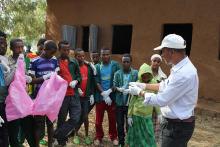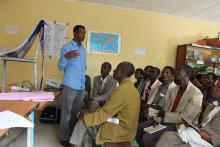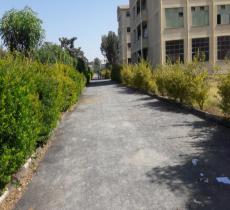well come
Agriculture has always been the source of livelihoods for Ethiopian people and is the backbone of the national economy. The sector employs 86% of the population. It also contributes 43% of the gross domestic product and 90% of the export earnings is derived from agriculture. Moreover, it supplies significant proportion of the raw materials for the agro-industries. However, due to the poor, traditional and backward agricultural performance, millions of people still face food shortage, famine, starvation and malnutrition.
Most parts of Ethiopia suffer also from several forms of environmental/natural resources degradation that adversely affected food and agricultural production and productivity. Factors such as high population pressure (about 2.8% growth rate per annum), deforestation, overgrazing along with inappropriate land and water resources management practices are thought to be the major reasons for poor agricultural production and productivity which marks the major food security challenges of Ethiopians . In addition to this existing challenges, agriculture in Ethiopia is confronted with tremendous new challenges such as growing threats from climate change, new and emerging infectious plant and animal diseases.




